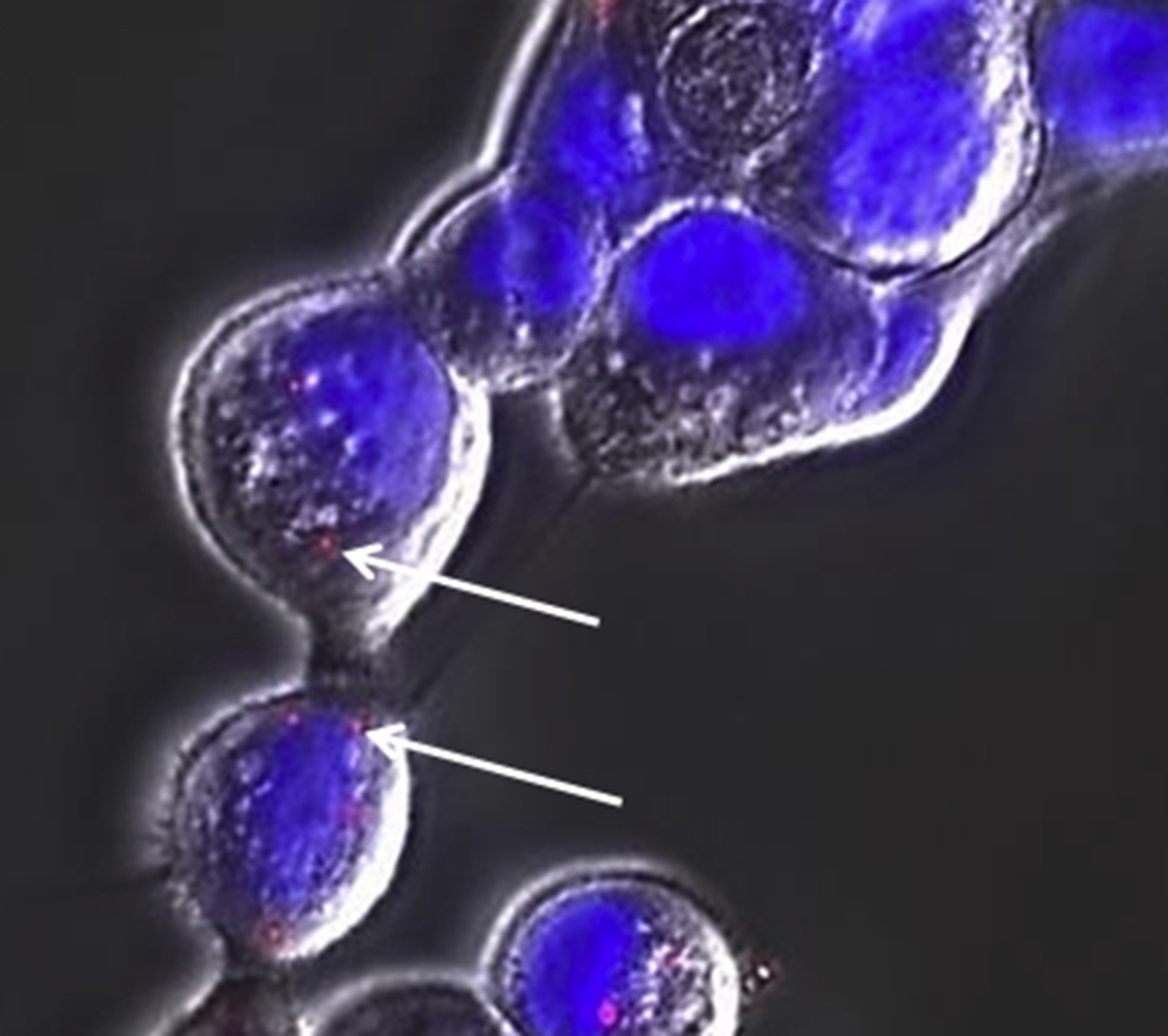Elsevier, Ecological Modelling, Volume 391, 10 January 2019
The world food price crisis in 2007/08 has aroused worldwide attention to the global food price volatility and food self-sufficiency issues. This paper modelled the entire environment of food production and transaction from a holistic view by a Food-Energy-Water (FEW) nexus in order to reveal the hidden connections related to the food self-sufficiency issue, including the interdependencies of food production with its restraining factors (hybrid energy, hybrid water), other production sectors, and international exchanges.
Elsevier, Marine Policy, Volume 99, January 2019
The current regime governing Areas Beyond National Jurisdiction (ABNJ) as a global commons has resulted in overutilization of fisheries resources and patchwork attempts to regulate resource extraction. States are looking to expand resource extraction in ABNJs, including marine genetic resources, creating pressures to regulate these activities. As a result, since 2004, the United Nations has been holding preparatory meetings to lay the groundwork for a new international legally binding instrument (ILBI) to address the gaps left by UNCLOS.
Elsevier, TrAC - Trends in Analytical Chemistry, Volume 110, January 2019
The current paper critically reviews the state-of-the-science on (1) microplastics (MP) types and particle concentrations in freshwater ecosystems, (2) MP and nanoplastics (NP) uptake and tissue translocation, (3) MP/NP-induced effects in freshwater organisms, and (4) capabilities of MP/NP to modulate the toxicity of environmental chemicals. The reviewed literature as well as new data on MP and NP concentrations in the river Elbe and on particle uptake into human cells indicate an environmental relevance of small particles in the low nano- and micrometer range higher than that of larger MP.
Elsevier, TrAC - Trends in Analytical Chemistry, Volume 110, January 2019
Microplastics are widespread contaminants, virtually present in all environmental compartments. However, knowledge on sources, fate and environmental concentration over time and space still is limited due to the laborious and varied analytical procedures currently used. In this work we critically review the methods currently used for sampling and detection of microplastics, identifying flaws in study design and suggesting promising alternatives.
Elsevier, TrAC - Trends in Analytical Chemistry, Volume 110, January 2019
Plastics entering the environment will persist and continue to degrade and fragment to smaller particles under the action of various environmental factors. These microplastics (MP) and nanoplastics (NP) are likely to pose a higher environmental impact, as well as they are more prone to adsorb organic contaminants and pathogens from the surrounding media, due to their higher surface area to volume ratio. Little known on their characteristics, fragmentation, distribution and impact on freshwater ecosystems.
Elsevier, Futures, Volume 105, January 2019
Degrowth scholars and activists have convincingly argued that degrowth in developed nations will need to be part of a global effort to tackle climate change, and to preserve the conditions for future generations’ basic needs satisfaction. However, the barriers to building a broader degrowth movement appear to be very entrenched at present. To improve the political feasibility of degrowth it is important to better understand these structural obstacles and develop arguments and strategies to address them.
Elsevier, Neuron, Volume 101, 2 January 2019
The NeuroDev study will deeply phenotype cognition, behavior, dysmorphias, and neuromedical traits on an expected cohort of 5,600 Africans (1,800 child cases, 1,800 child controls, and 1,900 parents) and will collect whole blood for exome sequencing and biobanking.
Elsevier, Forensic Science International: Synergy, Volume 1, 2019
Sexual and gender based violence (SGBV) is notoriously difficult to investigate and prosecute. SGBV occurs in varied contexts and requires flexibility in the investigative approach in order to develop a strong evidence base to enable successful prosecutions. In this paper we focus on the need for innovation and development of training protocols for gathering testimonial and forensic evidence in SGBV cases, particularly in low resource environments, such as developing countries, displaced communities, and conflict and post-conflict societies.
Elsevier, Forensic Science International: Synergy, Volume 1, 2019
Sexual and Gender Based Violence (SGBV) in Kenya is highly complex requiring a multi-sectoral approach for comprehensive management. This complexity is worsened by the acceptance of Sexual Violence within a patriarchal society, harmful traditional and cultural practices, breakdown of law and order especially during electoral periods, all heightened by abject poverty. There are numerous programs on interventions costing millions in local and foreign currency, however grave gaps still exist at key levels across all sectors even after years of continued intervention.
Elsevier, Soil and Tillage Research, Volume 185, January 2019
Although the effects of nitrogen (N) fertilization on soil microflora have been well studied, the effects should be verified across soil types and N-added levels. To understand the impacts of N fertilization on shifts in soil biological traits and bacterial communities and to further explore the coupling mediation of these parameters with respect to crop yields, we sampled soils from three experimental sites (each site received three levels of N fertilization (0, 168 and 312 kg N ha−1)) that share the same climatic conditions but have different soil types (clay, alluvial and sandy soils).

